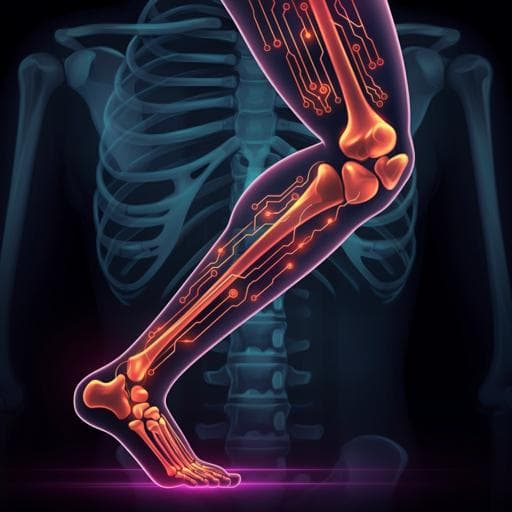
Medicine and Health
Validation of a multi-frequency bioelectrical impedance analysis device for the assessment of body composition in older adults with type 2 diabetes
A. Buch, A. Ben-yehuda, et al.
This study reveals the effectiveness of the DSMF-BIA device for accurately assessing body composition in older adults with type 2 diabetes, demonstrating its reliability for measuring muscle mass in this demographic. Conducted by renowned authors, the research emphasizes significant insights into health management for obese older adults.
~3 min • Beginner • English
Related Publications
Explore these studies to deepen your understanding of the subject.







